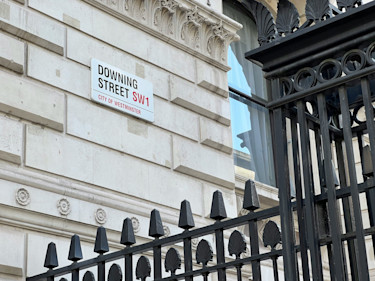
BoE keep rates on hold. Odds rise for Aug cut (45%)
As expected, the Bank of England have just voted to keep interest rates on hold and the split in votes mirrored May’s decision with seven votes to keep on hold versus two to cut. The accompanying statement said that the decision was ‘finely balanced’ for some (slightly dovish), but a line that previously said things were 'moving in right direction’ for a cut was removed (countering this). The BoE re-iterated that rates are ‘under review’, but the bank ‘needs to be sure that inflation will stay low’. Growth forecasts were also upgraded slightly from the last meeting with Q2 GDP seen growing 0.5% (from +0.2% in May). Sterling has come off modestly since the decision, as the BoE have kept the door ajar to an August cut without firmly committing to one. Market odds for an August rate cut have now increased to around 45% (from 28%), with September up to 92% (from 80%). Yesterday’s UK inflation data also came in line with expectations (at BoE 2% y/y target) and showed that prices are continuing to move lower. Next month’s UK inflation data release could be key in determining whether the BoE cut rates in August, as another decent drop lower in prices would likely give them enough confidence to make their first cut since this inflation crisis began.
READ MORE







